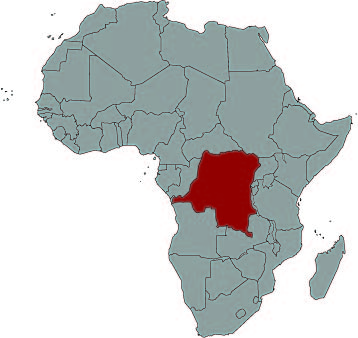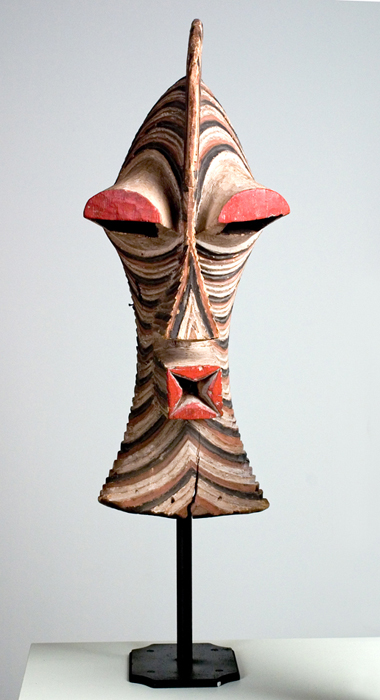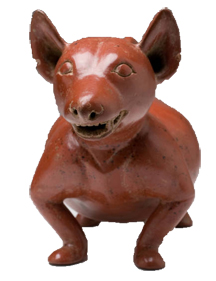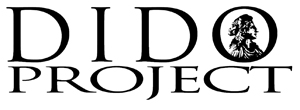

Much African art, such as the Mask (Kifwebe), serves religious and practical purposes while expressing the culture of the tribe that makes it. This art inspired artists such as Pablo Picasso to begin the Cubist movement by breaking free from European tradition.
Consider times when our culture uses masks. Now, look at the Mask (Kifwebe). How is it different from masks you usually see? The Mask (Kifwebe) is symmetrical, and its colors are vibrant and patterned. You may note that the mask resembles a human face with eyes, nose, and mouth, but that they may not be the shapes you immediately think of when you hear the words "eyes," "nose," and "mouth." The large eyelids, striped face, and square mouth might seem unintentional, but masks like these are deliberately abstract. After all, is not the point of a mask to conceal your true identity?
The Mask (Kifwebe) was worn at the makaye a kifwebe, or "dance of the mask," at the deaths and appointments of new chiefs or the arrival of an important visitor. It could also have been on a life-sized statue. Try to imagine the mask both in movement on a dancer and still on a statue. How might the wearer's movement change the way a mask looks?
Unidentified Maker
(Songye People),
Democratic Republic of Congo
13 1/2 inches H; 7 3/8 inches W; 6 1/2 inches D
Gift of David T. Owsley
2003.011.000
1914 Much of Africa comes under European control.
1914-1918 World War I.
1944 First digital computer developed.
1960 Democratic Republic of Congo receives independence from Belgium.




